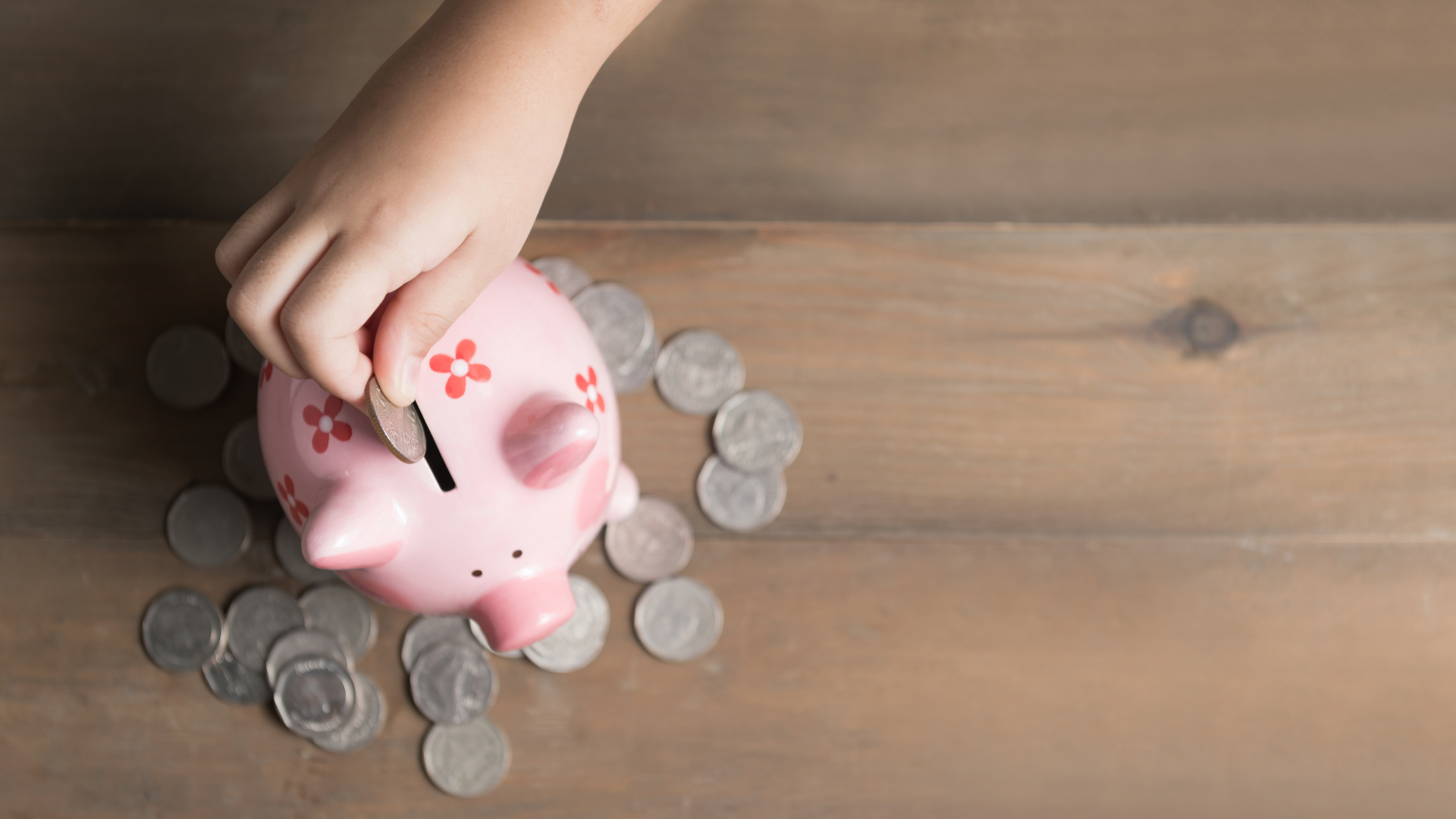Practical money management skills learned at an early age can have a lasting impact on the rest of your child’s life. In fact, this is one of the most important areas where you can truly change the course of their life. Educating your children about financial wellness will help them build healthy spending habits for the future.
Here are some great ways to teach your kids about money.
1. Play Games That Involve Money
One of the best ways to teach a lesson is by doing so without your child even realizing that they are learning. Play games that include a financial element like Monopoly or Life and help them strategize during the game. This will help your child learn the importance of budgeting and planning for the future, all under the guise of play.
2. Make a Wishlist With Your Child
An essential part of financial literacy is creating a set of priorities. We can’t have everything we want all at once, but we can achieve our goals over time if we plan ahead. This is a great lesson that children can learn. Sit down with your child and have them list five things they want. Then have them rank them from most important to least important. Once the list is created, strategize with your child about how they can obtain their wishes
3. Teach While You Shop
Take your child shopping and actively explain your decision-making process. When you arrive at the store, tell your child how much money you have to spend and what your priorities are. Show them why you are picking one item over another and explain things like discounts and coupons. Remember, children will learn from your example. Telling them about budgeting is important, but it’s much more impactful if they see you following a budget yourself.
4. Give an Allowance
Giving an allowance gives children first-hand experience with money. They learn the rewards of careful spending and saving and the risks of making impulsive spending decisions. And those risks are a lot smaller than they will be later in life! Kids also appreciate things that they can buy with their own money.
If you’re wondering how much allowance to give, know there aren’t strict guidelines. Some parents choose to give one dollar for each year of a child’s age. Other parents base their kids’ allowance on work they do around the house — like cleaning, lawn and garden chores or babysitting younger siblings.
Prepared by GreenPath Financial Wellness, Copyright 2021.


